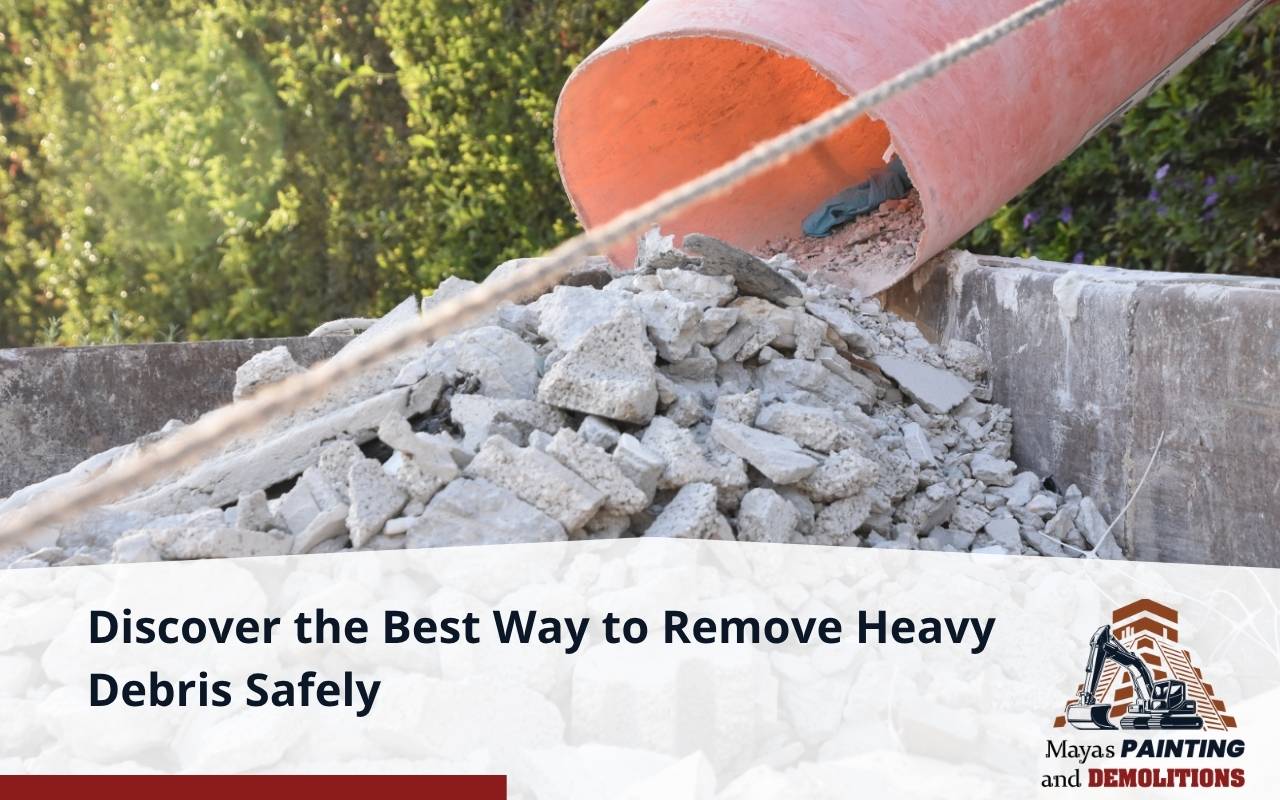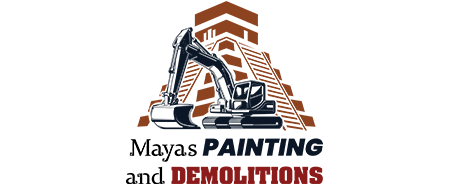
Heavy debris removal requires careful planning and precision to ensure safety. Whether cleaning after storms, renovations, or construction, finding the best way to remove heavy debris is essential. Accidents can happen quickly, making proper techniques crucial. Fortunately, with guidance and the right tools, you can avoid hazards effectively. This blog explores strategies to handle debris with confidence and care. For additional insights, you can also review the detailed guide on how to remove construction debris.
Understanding the Risks of Handling Heavy Debris
When searching for the best way to remove heavy debris, recognize the risks involved. Materials such as concrete, beams, or damaged metal pose dangers. Common injuries include strains, fractures, and cuts. Moreover, falling rubble can lead to crushing injuries. Beyond physical harm, environmental risks exist. Debris may hide asbestos, lead paint, or chemical residues. Rain and spills create slippery surfaces. Awareness and preparation ensure safety while removing debris efficiently.
Essential Safety Precautions Before Removal
- Conduct a detailed site survey before removal begins.
- Secure permits and notify local authorities about the project.
- Check weather conditions and avoid high-risk environments.
- Assign a safety officer to monitor compliance.
- Hold daily toolbox talks covering hazards and emergency procedures.
These measures create a strong foundation for practicing the best way to remove heavy debris while minimizing risks. For professional support, explore their specialized debris hauling services.
Selecting the Right Tools and Equipment
Choosing proper equipment is vital for the best way to remove heavy debris. Protective gear such as gloves, helmets, boots, and goggles shields workers. Respiratory masks prevent inhalation of hazardous dust. Tools like wheelbarrows, dollies, and forklifts ease lifting tasks. Always select machines rated for heavy loads. Regular maintenance checks guarantee performance and safety. By combining PPE, tools, and machinery, operations become safer and more efficient.
Securing the Work Area for Safe Operations
Securing the work site prevents unauthorized access and reduces risks. Use barricades, cones, or warning tape to restrict entry. Ensure adequate lighting and stable ground conditions. Mark pathways for smooth equipment flow. Regularly review safety perimeters as projects evolve. This organized environment supports the best way to remove heavy debris without disruption.
Proper Lifting Techniques to Prevent Injuries
- Stand close to the load with feet shoulder-width apart.
- Squat using knees and hips, keeping your back straight.
- Lift slowly with legs, not your back.
- Hold items close to your body for better balance.
- Pivot with feet instead of twisting your torso.
Proper techniques prevent back injuries and strains, making them central to the best way to remove heavy debris.
Sorting and Categorizing Debris for Efficient Disposal
Sorting debris simplifies disposal and promotes recycling. Create separate piles for wood, concrete, metal, and hazardous materials. Use color-coded containers for smaller waste. Keep an inventory log for accurate tracking. These steps ensure compliance and efficiency. A systematic approach guarantees that the best way to remove heavy debris aligns with environmental responsibility. More details about disposal processes are available in their construction waste disposal services.
Utilizing Mechanical Assistance for Large Debris
Oversized items require machines such as cranes, skid-steer loaders, or excavators. Pre-use inspections ensure safe performance. Secure debris with chains or straps to avoid shifting. Coordinate with ground staff using signals or radios. With mechanical assistance, the best way to remove heavy debris becomes efficient and safe.
Disposing of Heavy Debris Responsibly
- Consult local regulations for approved disposal methods.
- Recycle materials like metal, wood, and concrete when possible.
- Partner with certified waste management services.
- Ensure hazardous waste is sealed, labeled, and handled properly.
- Maintain detailed disposal records for compliance.
Responsible disposal closes the loop, ensuring the best way to remove heavy debris is also sustainable. To understand potential expenses, review their page about debris disposal cost.
FAQs About Heavy Debris Removal
What equipment is essential for debris removal?
Basic PPE, dollies, wheelbarrows, and forklifts are critical when executing the best way to remove heavy debris.
How do I prevent injuries when lifting heavy debris?
Use proper lifting techniques, avoid twisting, and always seek help for oversized loads.
Can small projects apply the best way to remove heavy debris?
Yes, even small projects benefit from safety gear, sorting, and proper disposal methods.
What should I do with hazardous debris?
Follow local regulations, use sealed containers, and transport waste to certified hazardous facilities.
Where can I find professional help for debris removal?
Reliable services are available through their dedicated debris hauling services.
Creating a Post-Removal Safety Checklist
Inspect the site for hazards, update logs, and conduct team debriefings. These steps ensure readiness for future tasks. A checklist reinforces the best way to remove heavy debris, strengthening safety and efficiency for upcoming projects.
Ensuring Safety First in Heavy Debris Removal
Safe debris removal requires planning, proper tools, and strict discipline. By combining safety checks, lifting techniques, and responsible disposal, projects stay secure. Ultimately, the best way to remove heavy debris balances efficiency with safety. For expert help, contact their team directly via the contact page.
